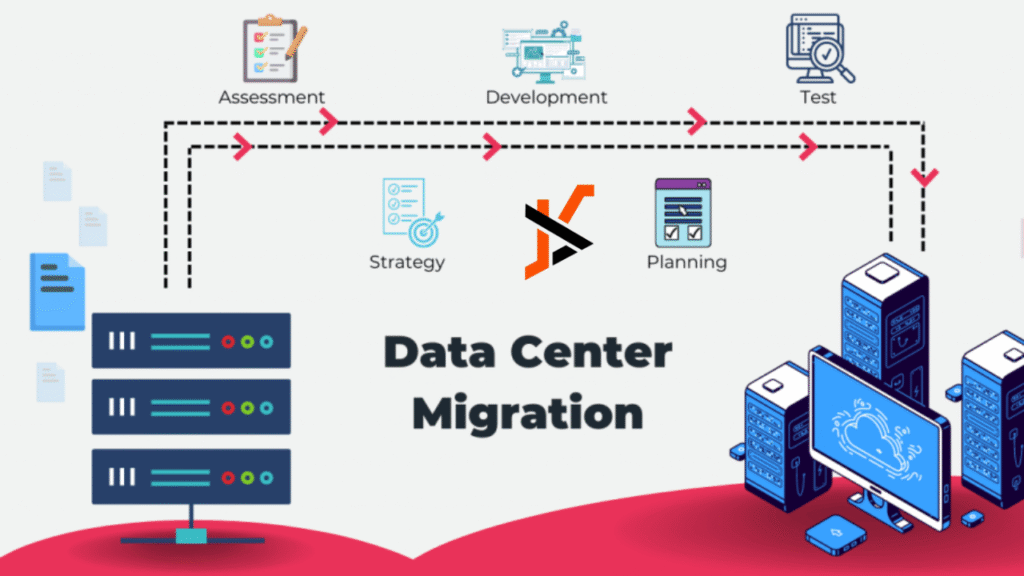Cloud storage has turned into the cornerstone of how we work, store documents and collaborate. Platforms such as Google Drive, OneDrive, Dropbox and Box enable businesses to share and access information from anywhere with ease. However, as organizations expand, restructure or implement multi-cloud strategies, shifting data among cloud platforms is unavoidable.
Whether due to mergers and acquisitions, moving to a provider that has better compliance controls or making workflows more efficient, cloud-to-cloud migration today is a business necessity. The challenge is to do it without breaking access and losing files.
In this blog post, we have mentioned the best approach to migrate data between multiple cloud storage services.
Cloud-to-Cloud Migration Use Cases
- Google Workspace to Google Workspace
Google Workspace to Google Workspace migration is common in mergers, acquisitions or business restructuring. These migrations include migrating Gmail accounts, Google Drive files, Shared Drives, calendars and user information while maintaining permissions and folder structures.
- Microsoft 365 (OneDrive/SharePoint) to Microsoft 365
No matter how big or small the merger is, when organizations combine several tenants they must bring together files, Teams data and SharePoint sites in a single environment in Microsoft 365 to Microsoft 365 migration. The biggest challenge is to maintain collaboration smooth and unbroken.
- Google Workspace to Microsoft 365 (or vice versa)
Google Workspace to Microsoft 365 migration or Microsoft 365 to Google Workspace migration is one of the most complicated migration paths. It involves emails to be migrated from Gmail to Outlook, files from Google Drive to OneDrive or SharePoint and calendars to be mapped out with great precision. Permissions and access control must be kept intact across two very dissimilar ecosystems.
- Other Cloud-to-Cloud Migrations
Beyond Google Workspace and Microsoft 365, many enterprises also plan to migrate from Box, Dropbox, Egnyte, and Slack. It involves moving files, folders, permissions, and even messages or channels while preserving metadata, permission, and collaboration continuity. It may include:
- Box to Google Drive/OneDrive
- Dropbox to Microsoft 365/Google Workspace
- Egnyte to Google Drive/OneDrive
- Slack to Google Chat/Microsoft Teams
Two Main Approaches to Migration
1. Manual Migration
The most straightforward method of migrating files is to download data from the source account and upload it into the destination account. For small quantities of data, such as a few folders or personal documents, this is acceptable.
But at scale, manual migration is a problem:
- Large migrations take days or weeks particularly with slower internet speeds.
- Local devices might not have sufficient storage for temporary copies.
- Files may be lost, copied or become corrupted in transit.
- Metadata like permissions, dates and version history usually don’t transfer.
For small end-user transfers, manual migration is adequate. For companies transferring terabytes of data into many user accounts, it’s unreliable and labor-intensive.
2. Cloud Migration Tools
Advanced cloud migration tools like CloudFuze Migrate are designed for big or complicated moves especially for SMBs and large enterprises. Rather than adopting a download-and-upload strategy, these platforms log into cloud services securely through APIs and transfer data automatically in the background.
Why organizations prefer this approach:
- Perform bulk migrations with no downtime. Maintain folder structures, permissions and metadata.
- Encrypted transfers with audit logs keep data safe and compliant.
- Dashboards to track progress, map users and create reports.
- Migrate several user accounts at once with precise account mapping.
CloudFuze’s cloud to cloud migration tool is designed for this. Integrating with 40+ cloud services like Google Workspace, Microsoft 365, Box, Egnyte and Dropbox, CloudFuze enables large enterprises (with TBs/PBs of data) to shift files, users and shared content and maintain everything organized and easily accessible.
By automatically handling the tricky parts like API throttling and metadata preservation, it saves time, avoids errors and ensures 100% data integrity with no downtime.
The Smart Way
Manual migration is fine for small volume of data. For businesses, third-party migration tools are faster, more secure and more accurate than manual methods. Platforms like CloudFuze preserve permissions, automate transfers and eliminate downtime, so they’re the smart choice.
If you’re migrating, working with experts like CloudFuze means a smooth, secure and efficient process from start to finish.

